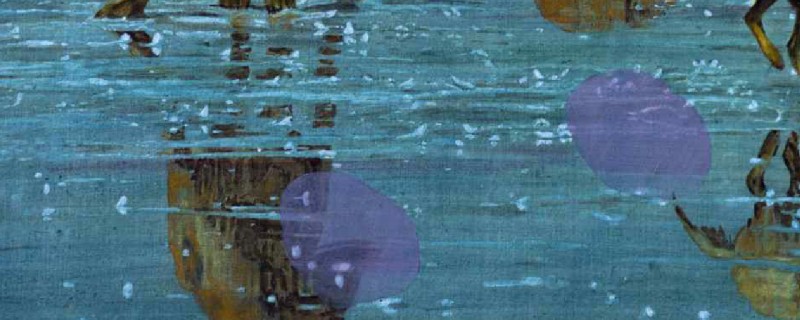Publikacja udostępniana jest na licencji Creative Commons.
tekst: Jędrzej Zakrzewski
czyta: Zbigniew Szymańczyk
Publication date: 21.02.2024
Duże formy naczyniowe są znakiem rozpoznawczym Henryka Luli. Do wykonania skomplikowanych brył artysta używa form gipsowych. Gips wchłania zawartą w masie wilgoć. Podstawową bryłą, od której zaczyna pracę, jest kula. Artysta wykleja dwie półkule negatywowej formy plastyczną masę ceramiczną, które po utrwaleniu sklejane są ze sobą. Kolejny etap polega na doklejaniu rzeźbiarskich elementów w postaci piór lub ażurowej siatki wyciskanych w mniejszych foremkach. Praca nad tymi formami wymaga dużej ostrożności, ponieważ materiał jest bardzo kruchy. Po każdym etapie formowania obiekty są retuszowane i suszone. Po wstępnym utrwaleniu surówki, czyli wysuszonej masy, artysta przystępuje do pierwszego wypału na biskwit. Dopiero na tym etapie praca zyskuje trwałość.
-
23.02 – 19.05.2024Henryk LulaCeramics: The art of matter
The exhibition presents a wide selection of works by Henryk Lula — artist, teacher and professor at the Academy of Fine Arts in Gdańsk. Comprising over 100 objects, it is the most comprehensive presentation to date of the achievements of this outstanding artist, who has worked in the technique and medium of ceramics from the 1950s to the present day. The theme of matter, emphasised in the title, corresponds to the conceptual message of the presentation, as well as the artist’s theoretical reflection on its role in art. The exhibition also explores the question of the development of the modern ceramic tradition in Poland, eluding the criteria of applied art or design, which has been vibrant on the Polish art scene since the 1960s.
Zachęta – National Gallery of ArtZachęta
